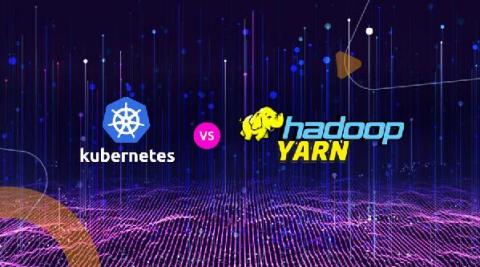Operations | Monitoring | ITSM | DevOps | Cloud
Analytics
5 tips for choosing a managed database service provider | Aiven Cloud Chats
David Henthorn | Illuminating the Dark Data of Critical Infrastructure | InfluxDays EMEA 2021
How to Become Data Centric
Kubernetes vs YARN for scheduling Apache Spark
Spark is one of the most widely-used compute tools for big data analytics. It excels at real-time batch and stream processing, and powers machine learning, AI, NLP and data analysis applications. Thanks to its in-memory processing capabilities, Spark has risen in popularity. As Spark usage increases, the older Hadoop stack is on the decline with its various limitations that make it harder for data teams to realize business outcomes.
Querying a petabyte of cloud storage in 10 minutes
Elastic's new frozen data tier decouples compute from storage and leverages low-cost object stores such as Google Cloud Storage, Azure Blob Storage, or Amazon S3 to directly power searches. It provides unlimited scaling of storage while preserving the ability to efficiently query the data without any need to rehydrate it first, making it easier and cheaper to manage data at scale.
Perspectives from the federal public sector: Enable mission success with Elastic
After a year of accelerated change in the federal industry, the Federal Public Sector event focused on the progress you’ve made, the trends demanding your attention, and the Elastic capabilities that continue to guide federal agencies, offices, and departments towards a search-enabled future. With a theme of Accelerate the mission.
Virtualized environments need a new kind of monitoring
5G is in the process of transforming communications technology, enabling never-before-seen data transfer speeds and high-performance remote computing capabilities. As a cloud-native application, 5G provides advantages in terms of speed, agility, efficiency and robustness.
InfluxDB Annotations
Five worthy reads: Is DataOps the next big value driver in the analytics ecosystem?
Five worthy reads is a regular column on five noteworthy items we’ve discovered while researching trending and timeless topics. In this edition, we’ll learn about DataOps, an interesting methodology that can help organizations fast-track their data analytics operations.











